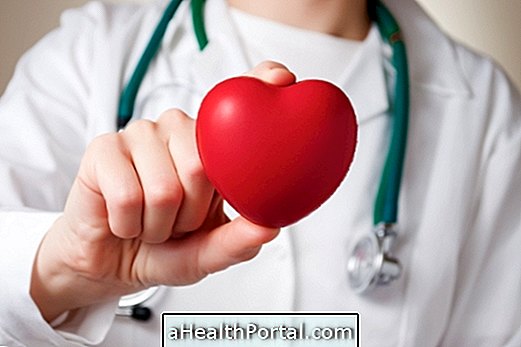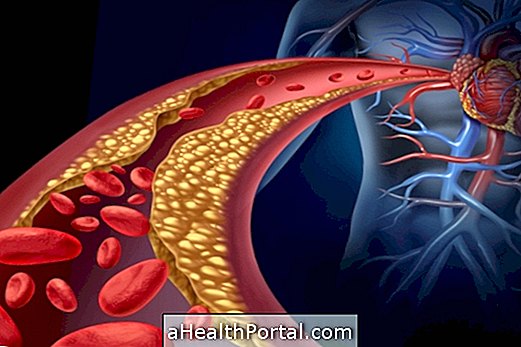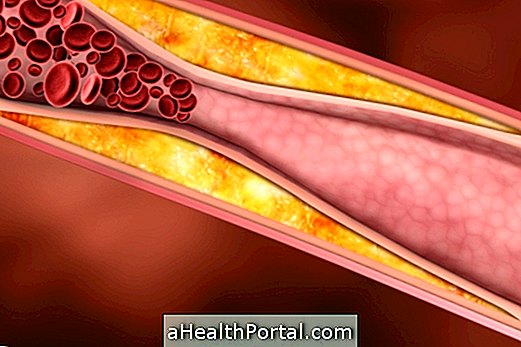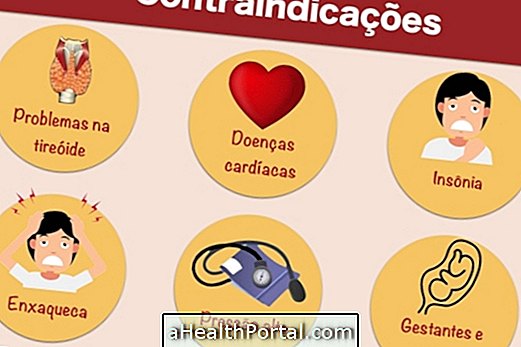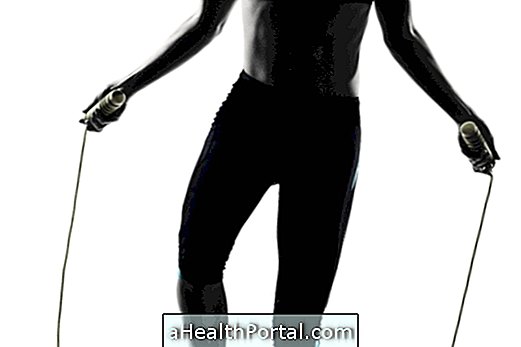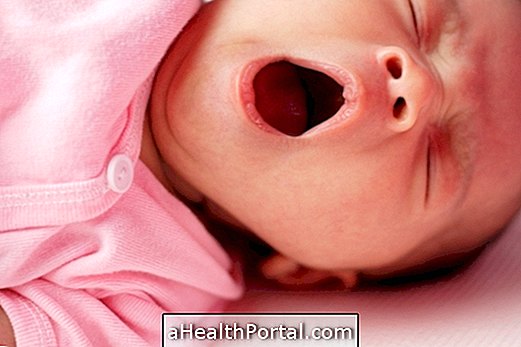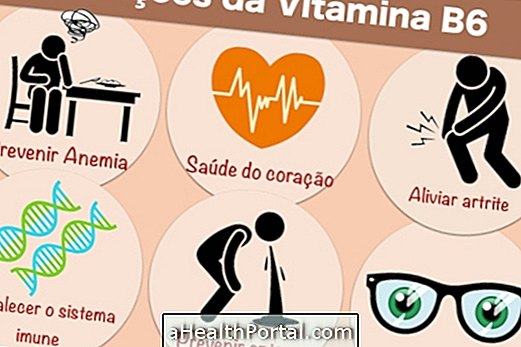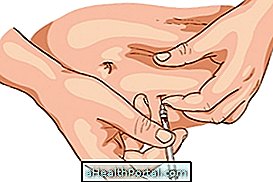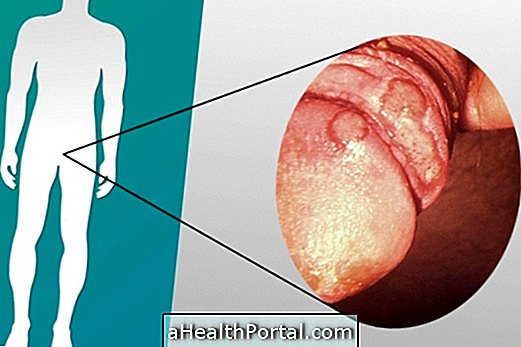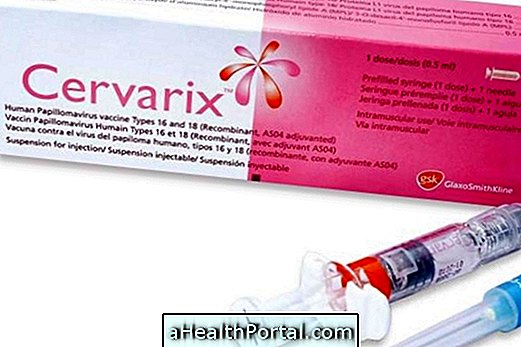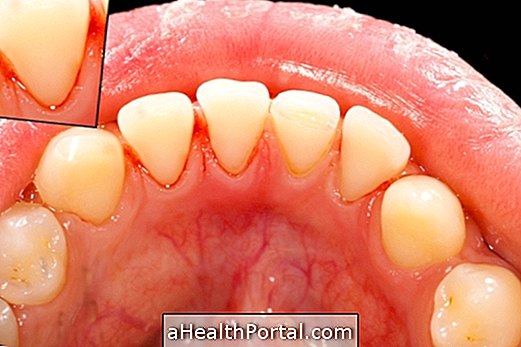Hypertrophic cardiomyopathy is a serious disease that leads to an increase in the thickness of the heart muscle, making it more rigid and more difficult to pump blood, which can lead to death.
Although hypertrophic cardiomyopathy has no cure, treatment helps relieve symptoms and prevent the problem from worsening, preventing complications such as atrial fibrillation and even cardiac arrest, for example.
See 12 signs that can indicate heart problems.
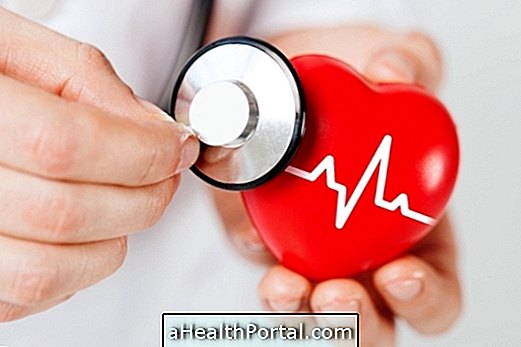
Main symptoms
In most cases, hypertrophic cardiomyopathy shows no signs or symptoms and is often identified on routine examination of the heart. But some people may feel:
- Sensation of shortness of breath, especially when making physical efforts;
- Chest pain, especially during exercise;
- Palpitations or feeling of fast heartbeat;
So when any of these symptoms arise it is advised to go to the doctor to do the necessary exams, such as echocardiography or chest x-ray, which help identify the problem and start the appropriate treatment.
Usually, with advancing age and hardening of the heart, it is also common for high blood pressure to rise and even arrhythmias due to the change in electrical signals in the heart muscle.
Why it happens
Hypertrophic cardiomyopathy is usually caused by a genetic disorder that causes the overgrowth of heart muscle, which becomes thicker than normal.
The change that causes this disease can be passed from parents to children, there is a 50% chance that the children will be born with the problem, even if the disease affects only one parent.
How is the treatment done?
Thus, the cardiologist usually begins treatment with the use of medicines such as:
- Heart- relaxers, such as Metoprolol or Verapamil: decrease stress on the heart muscle and decrease heart rate, allowing blood to be pumped more effectively;
- Remedies to control heart rhythm, such as Amiodarone or Disopyramide: keep your heart rhythm steady, avoiding overwork by the heart;
- Anticoagulants, such as warfarin or Dabigatran: are used when there is atrial fibrillation, to avoid the formation of clots that can cause infarction or stroke;
However, when the use of these medicines is not able to alleviate the symptoms, the doctor can use the surgery to remove a piece of cardiac muscle that separates the two ventricles of the heart, facilitating the passage of blood and reducing the effort on the heart.
In the more severe cases, where there is a high risk of cardiac arrest due to arrhythmia, it may be necessary to implant a pacemaker in the heart, which produces electrical shocks that can regulate the heart rhythm. Understand better how the pacemaker works.

